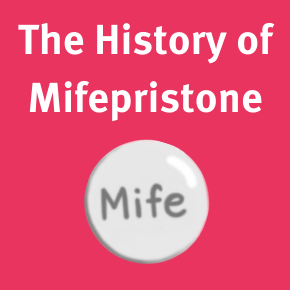Insights: Clinical uses for low-sensitivity urine pregnancy tests
What are the clinical uses for low-sensitivity urine pregnancy tests?
The first home pregnancy test was introduced in 1976. Since then, pregnancy tests have become the most common diagnostic assay used at home. Pregnancy tests use antibodies to detect human chorionic gonadotropin (hCG). This is an ideal marker of pregnancy because it rises rapidly and consistently in early pregnancy and can be detected in urine.
High sensitivity pregnancy tests can detect hCG levels as low as 25 mIU/ml, and low-sensitivity pregnancy tests can detect hCG levels as low as 1500-2000 mIU/ml.
Recent studies suggest that low-sensitivity home pregnancy tests (LSPT), along with a series of questions two weeks after medication abortion, can be used successfully to determine completion of medication abortion. If women are given clear instructions on how and when to conduct a urine pregnancy test and on signs/symptoms that mandate contacting their clinician, then they can confirm the success of early medication abortion themselves. Failure to recognize an ongoing pregnancy is rare.
The semi-quantitative urine pregnancy test (SQ-UPT) has been used to assess completion of suction termination of pregnancies less than 6 weeks gestation when villi were found in the uterine content. A recent study concluded that the SQ-UPT is n effective method to confirm completion of a very early surgical abortion.
A LSPT can be used in a setting when LMP is uncertain and/or a TVUS (transvaginal ultrasound) does not confirm an intrauterine gestation. Rather than waiting for the results of a serum quantitative hCG, a practitioner can use a LSPT. A negative LSPT indicates that the discriminatory zone has not been reached and can explain the findings on a TVUS. On the other hand, a positive LSPT may increase suspicion of an ectopic pregnancy.
A urine hCG assay can now be considered in other settings other than confirmation of a pregnancy. More and more studies have indicated its use to access completion of a medication or early suction abortion, or to quickly and easily confirm the discriminatory zone.
References
Pharma-free
Insights into abortion and miscarriage care is a publication of the Reproductive Health Access Project and Innovating Education in Reproductive Health, a project of the Bixby Center for Global Reproductive Health, UCSF. The Reproductive Health Access Project and Innovating Education in Reproductive Health do not accept funding from pharmaceutical companies. We do not promote specific brands of medication or products. The information in the Insights is unbiased, based on science alone.

